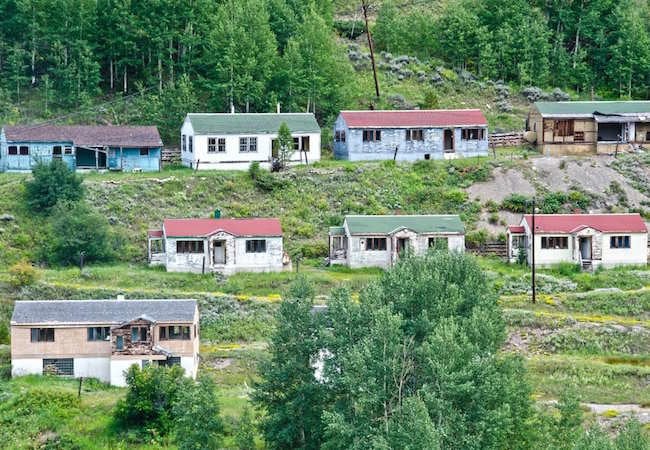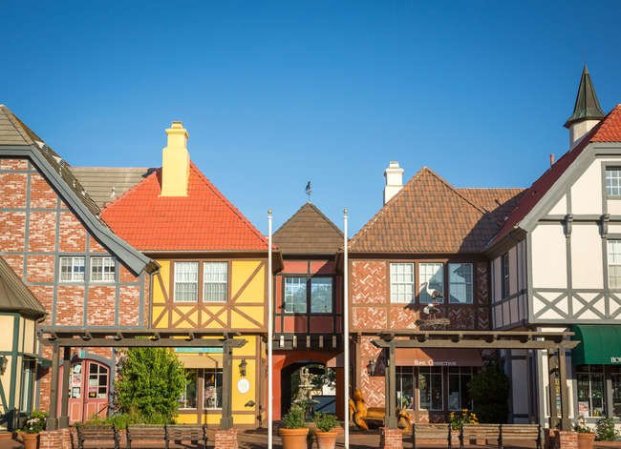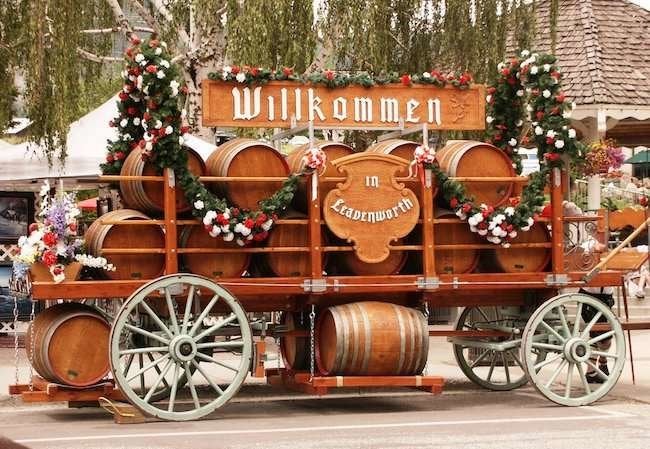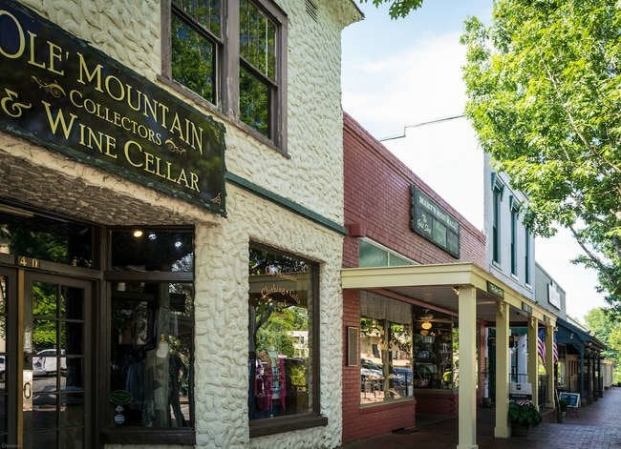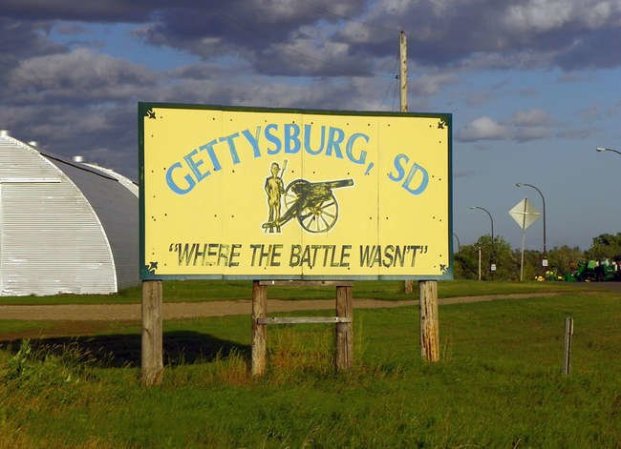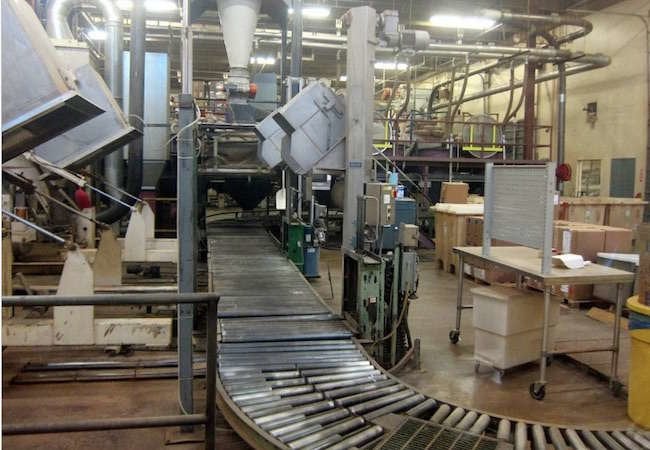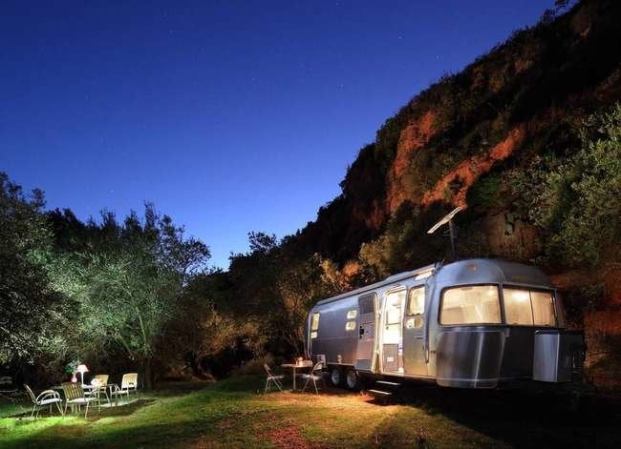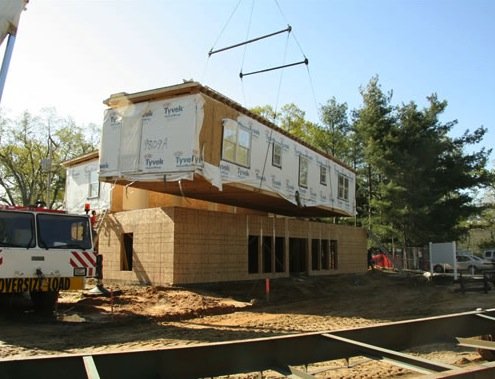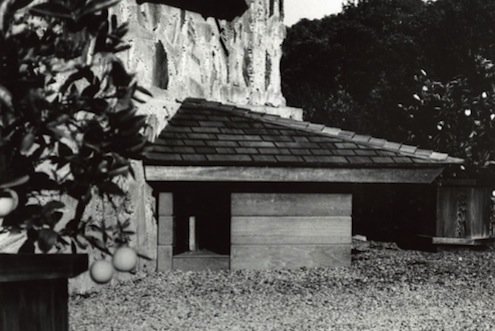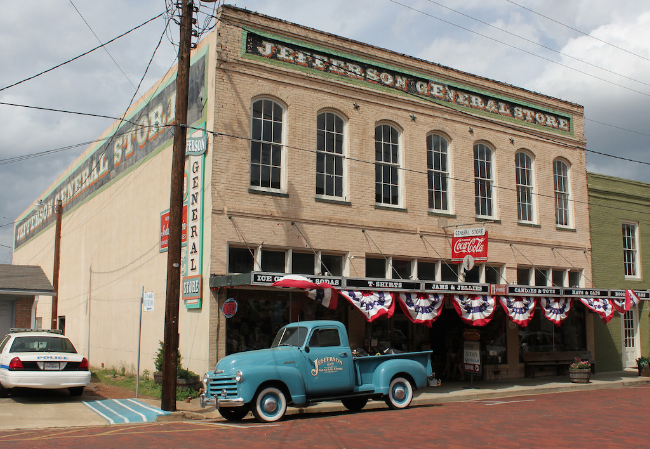We may earn revenue from the products available on this page and participate in affiliate programs. Learn More ›
Batsto Village, New Jersey (Batsto Iron Works)
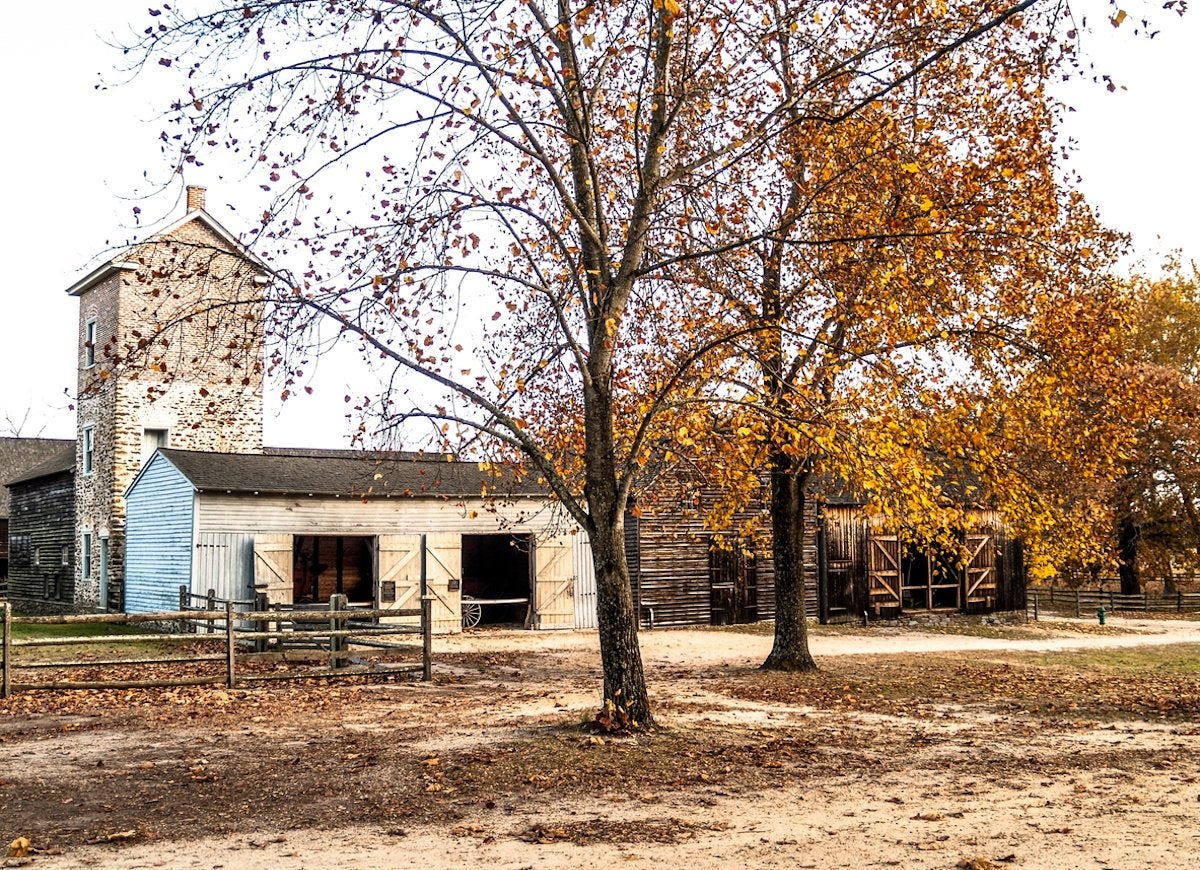
Tourists who want to feed their inner history buffs can spend a day in Batsto Village, the site of an iron works that manufactured supplies for the Continental Army during the Revolutionary War. Located near hiker-friendly Wharton State Forest, the village was built around the factory in the mid-1700s. Though the last house was vacated in 1989, visitors today can still see more than 40 sites and structures, including cottages, a gristmill, the Batsto mansion, and a post office that is still operating.
Related: 25 Tiny Towns to Visit for a Glimpse at How We Used to Live
Gilman, Colorado (Eagle Mine)
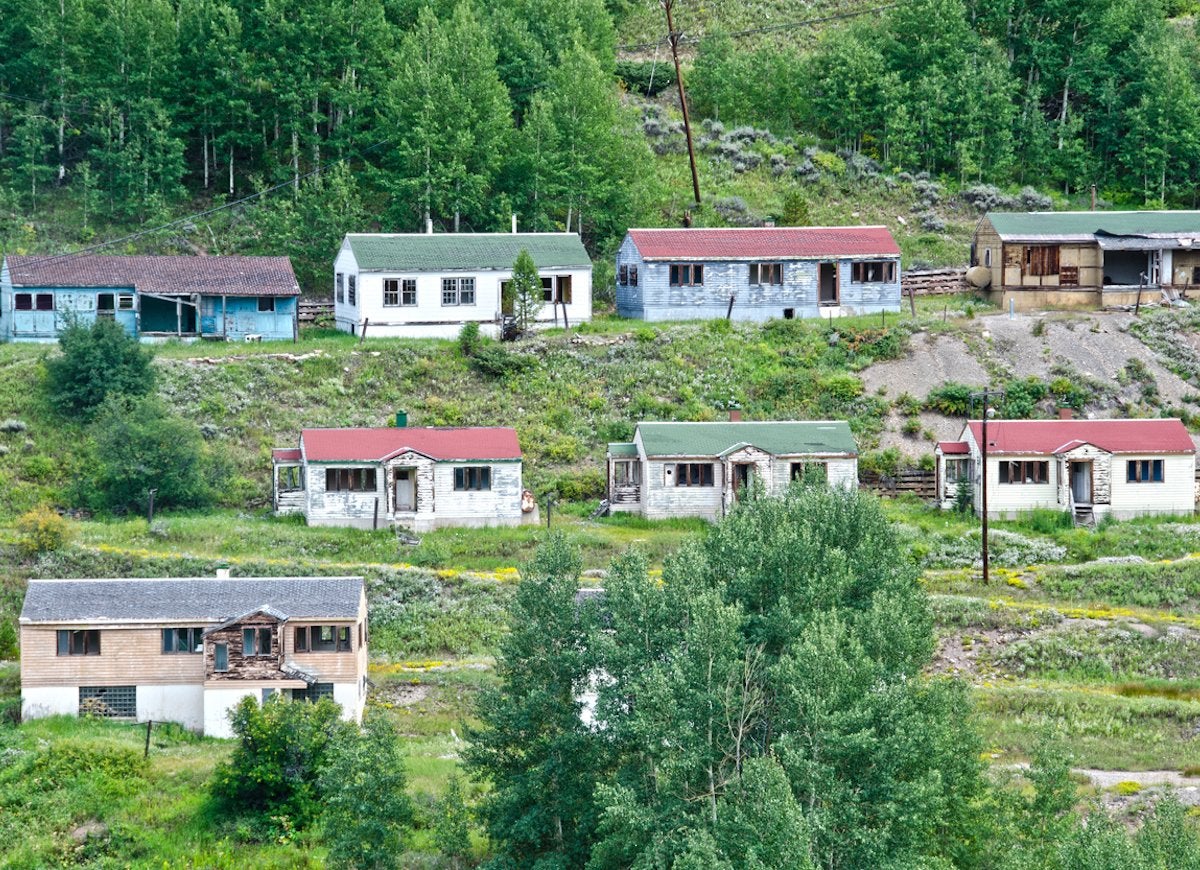
Wealth and tragedy are bound together in Gilman, which sprang up during Colorado’s silver boom in the late 1800s. A steady stream of precious metals were mined for over a century—while toxic by-products were poured into the streams and soil. The Environmental Protection Agency finally evacuated the town in 1984. Today, the area remains off-limits as cleanup continues, but curious tourists can see the empty houses from Highway 24.
Segundo, Colorado (Colorado Fuel and Iron)
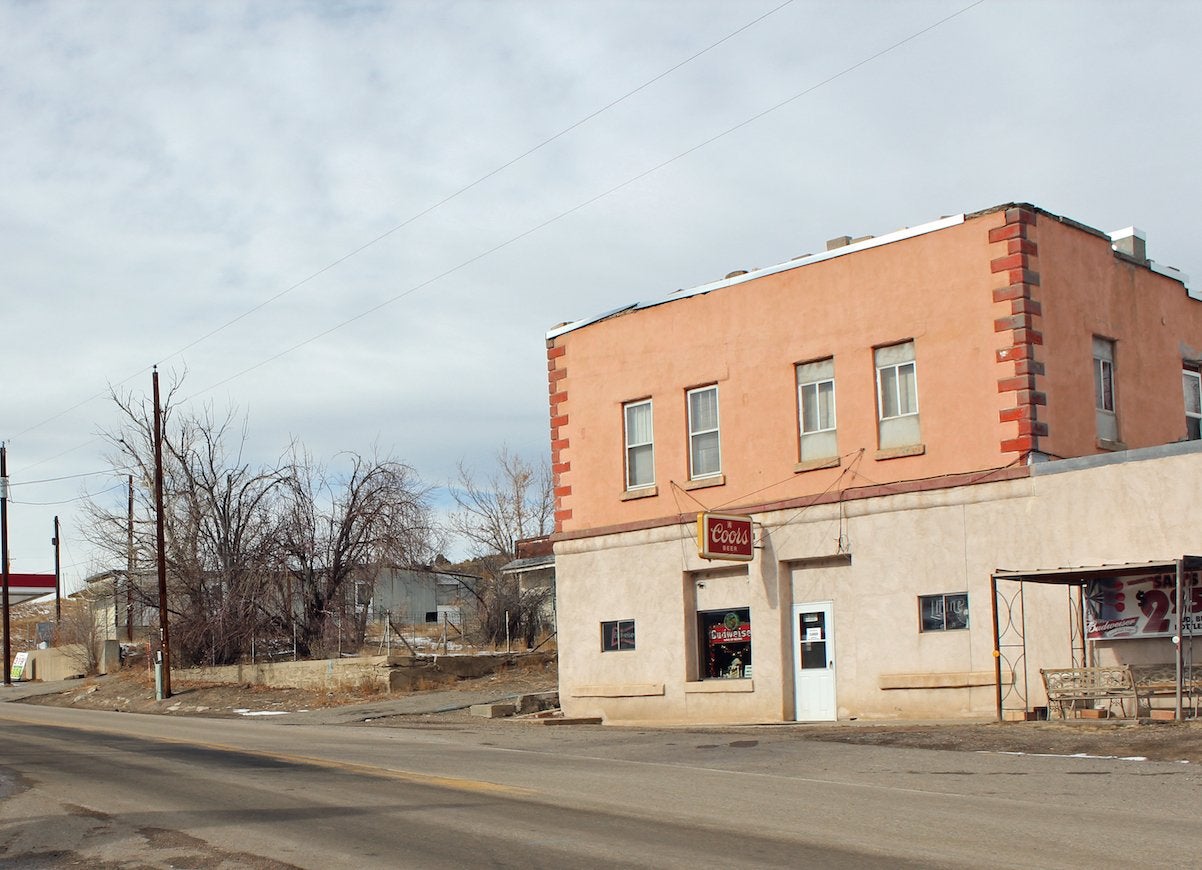
Wikimedia Commons via Jeffrey Beall
Coal was the resource that sparked the founding of Segundo and fed the local economy until the mines shut down in 1960. Today, the population hovers between 100 and 150. Yet, as the town slips into obscurity, tourists are still drawn to the region by the hiking, wildlife, and natural beauty of the Sangre de Cristo mountains and North Lake.
Related: 35 Tiny Towns That Attract Hordes of Tourists Every Year
Scotia, California (Pacific Lumber Company)
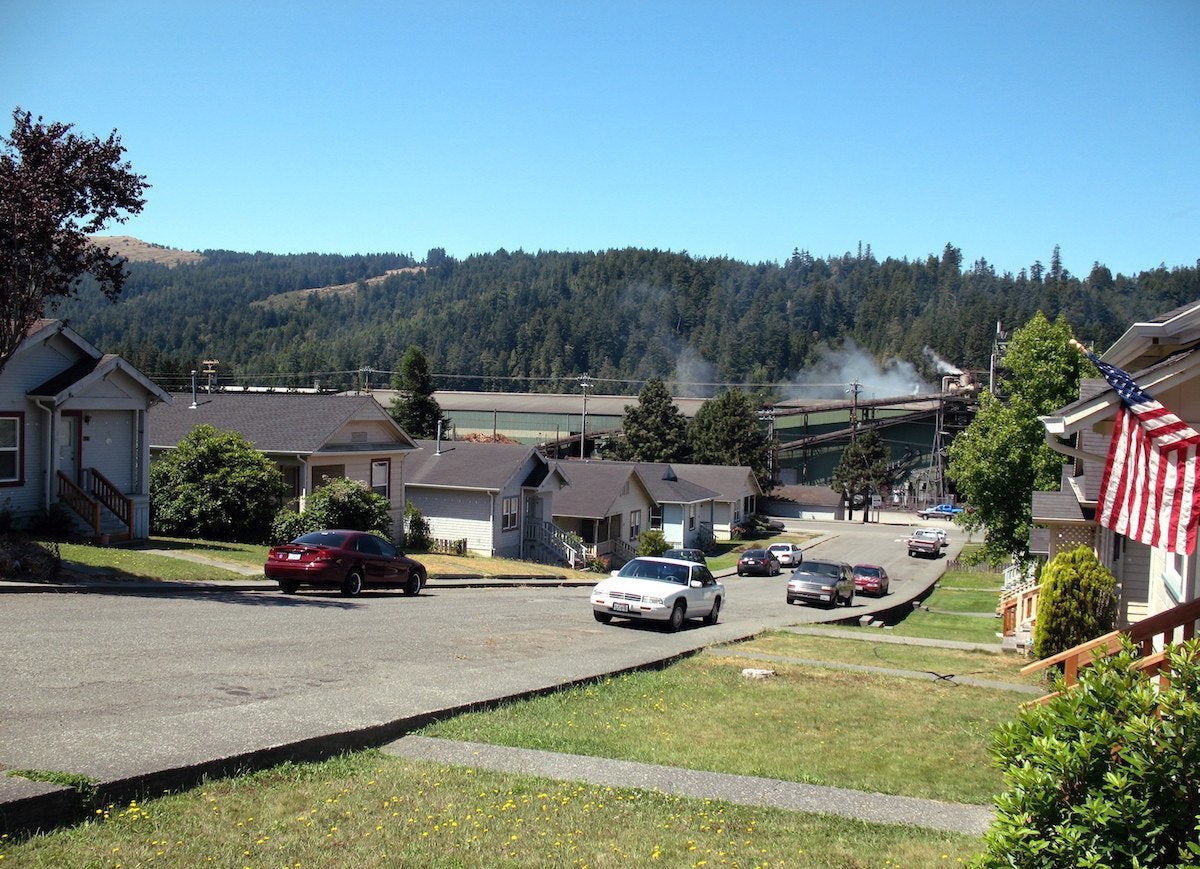
flickr.com via mkwalker
Scotia was built in the 1880s by the Pacific Lumber Company, which declared bankruptcy in 2008. Unlike many other company towns, however, Scotia survived even after local resources were tapped out. While the town of 850 residents retains a working sawmill, it has been making the transition to independence by diversifying its economy. It now bills itself as a tourist stop for road-trippers on their way to the redwood forests.
Related: The 15 Best Factory Tours in America
Kennecott, Alaska (Kennecott Mines)
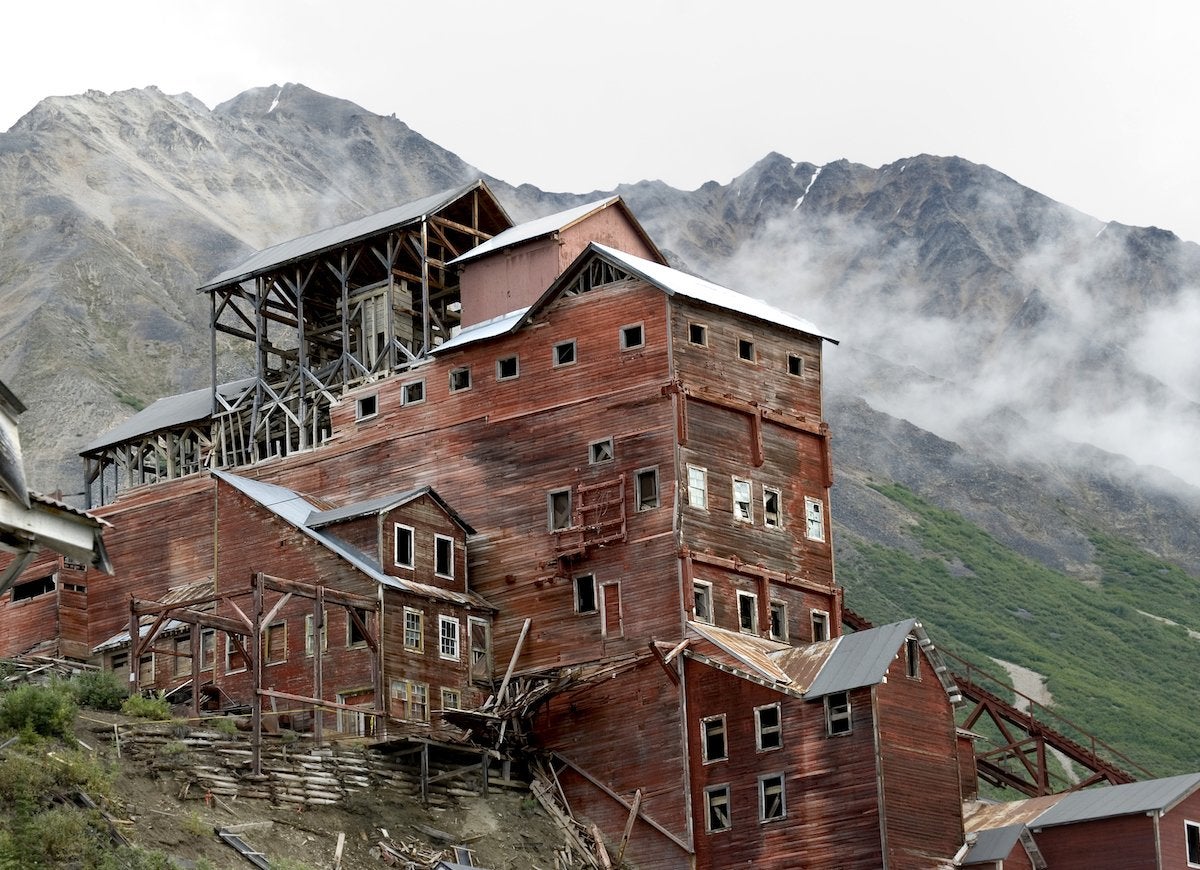
Banker J. P. Morgan was an early investor in Alaska mining, including the Kennecott copper mines. But by 1938 the copper ore was depleted and the town shuttered. Then, after decades in private hands, the National Park Service acquired the property in 1998. Today, summer visitors who tour the town get an appreciation for the lives of the miners whose work fueled America’s technological revolution.
Related: 20 American Treasures to See Now—Before They Disappear
Marktown in East Chicago, Indiana (The Mark Manufacturing Company)
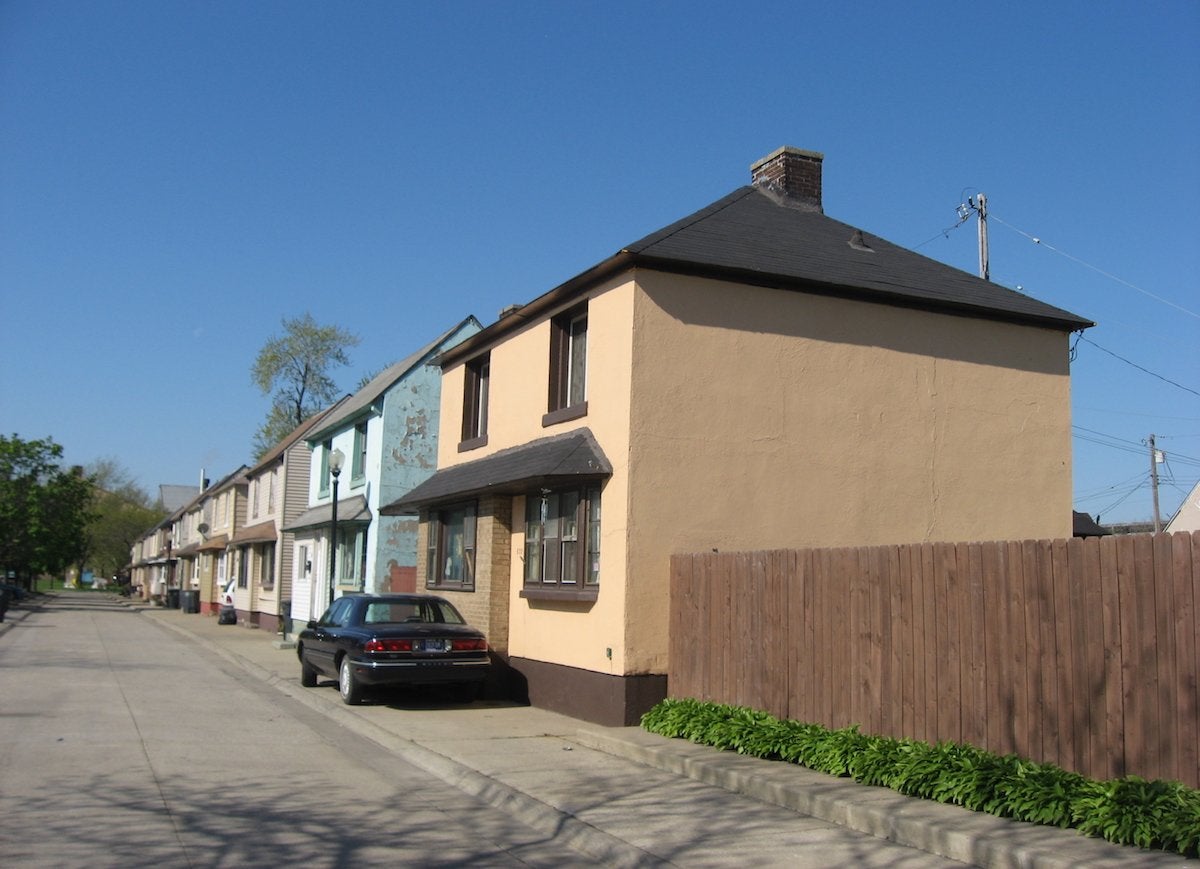
Wikimedia Commons via Nyttend
The architect of Marktown envisioned a place where cars parked on sidewalks, and streets were used for walking. It was established by the Mark Manufacturing Company as a planned community for workers in area industries, yet only 10 percent of the town was built before construction was halted. In recent years, as homes have slowly been sold and demolished, residents worry about its future and fight for its unique place in American history.
Terlingua, Texas (Chisos Mining Company)
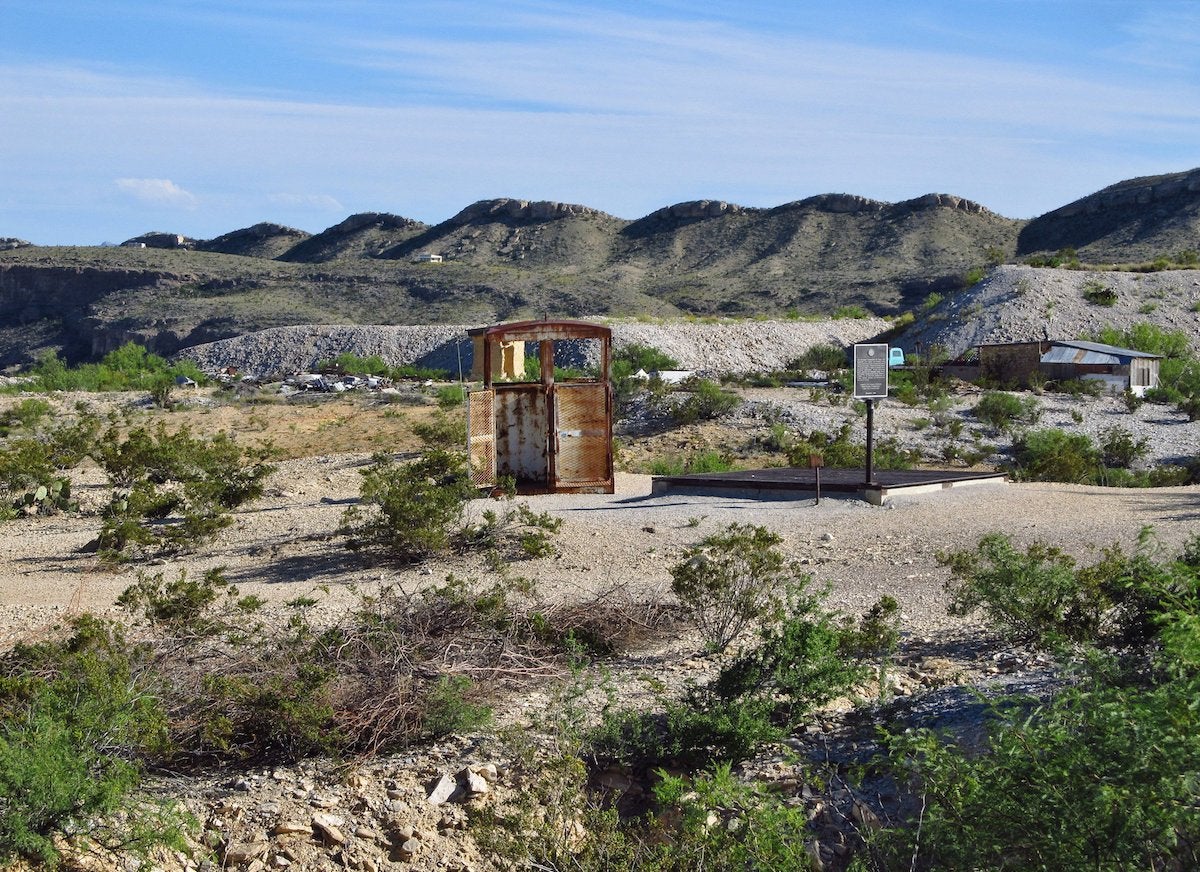
flickr.com via Jasperado
Established as a cinnabar mining town, Terlingua’s population rose to 2,000 by the mid-1800s. Only a handful of people still live in the area today, but thousands of foodies swarm over the tiny town every November for the annual chili cook-off. Small though it may be, Terlingua supports a thriving culture and has plenty to interest hikers, campers, and other outdoorsy types.
McDonald, Ohio (Carnegie Steel Co.)
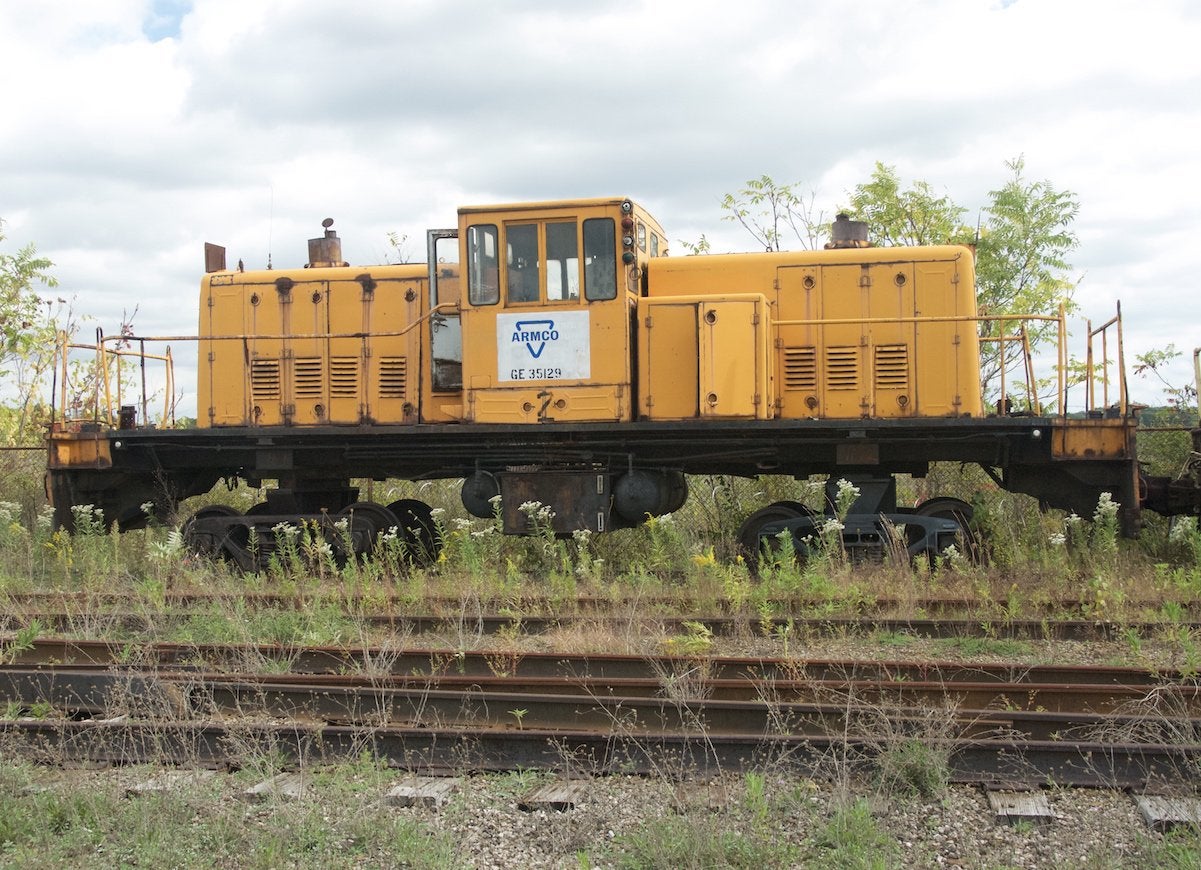
flickr.com via Harold M. Mickley
Described by long-time resident David Martin as “Mayberry, USA,” McDonald is a throwback to small-town America. The former manufacturing town was built by Carnegie Steel Co. (later known as U.S. Steel) to house its workers and provide a sense of community. Though the mill shut down in 1979, a portion of it was reopened in 1981 as McDonald Steel. While so many other company towns have faltered, this community of more than 3,000 residents is still going strong today.
Related: The 20 Friendliest Cities in America
Haydenville, Ohio (Haydenville Mining and Manufacturing Company)
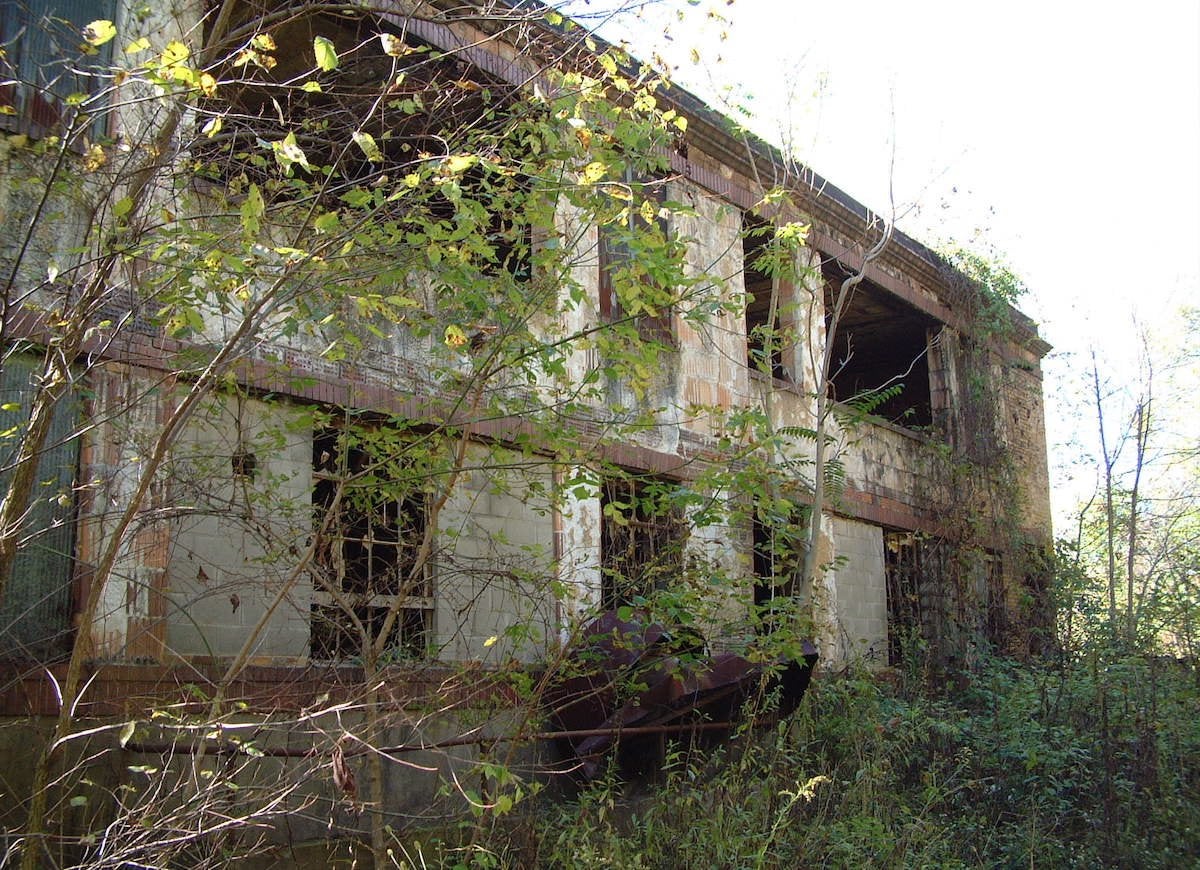
flickr.com via rubbertoe
Once home to a booming 1850s brick factory, Haydenville today offers travelers the eerie beauty of abandoned places. Yet it’s not a total ghost town, as people still live in Haydenville’s glazed-brick homes. But if you visit, tread carefully: A partially collapsed tunnel formerly used by the brick factory has a ghostly reputation and remains closed to the public because of safety concerns.
Related: 20 Amazing Places You Aren’t Allowed to Visit
Metropolitan, California (Metropolitan Redwood Lumber Company)
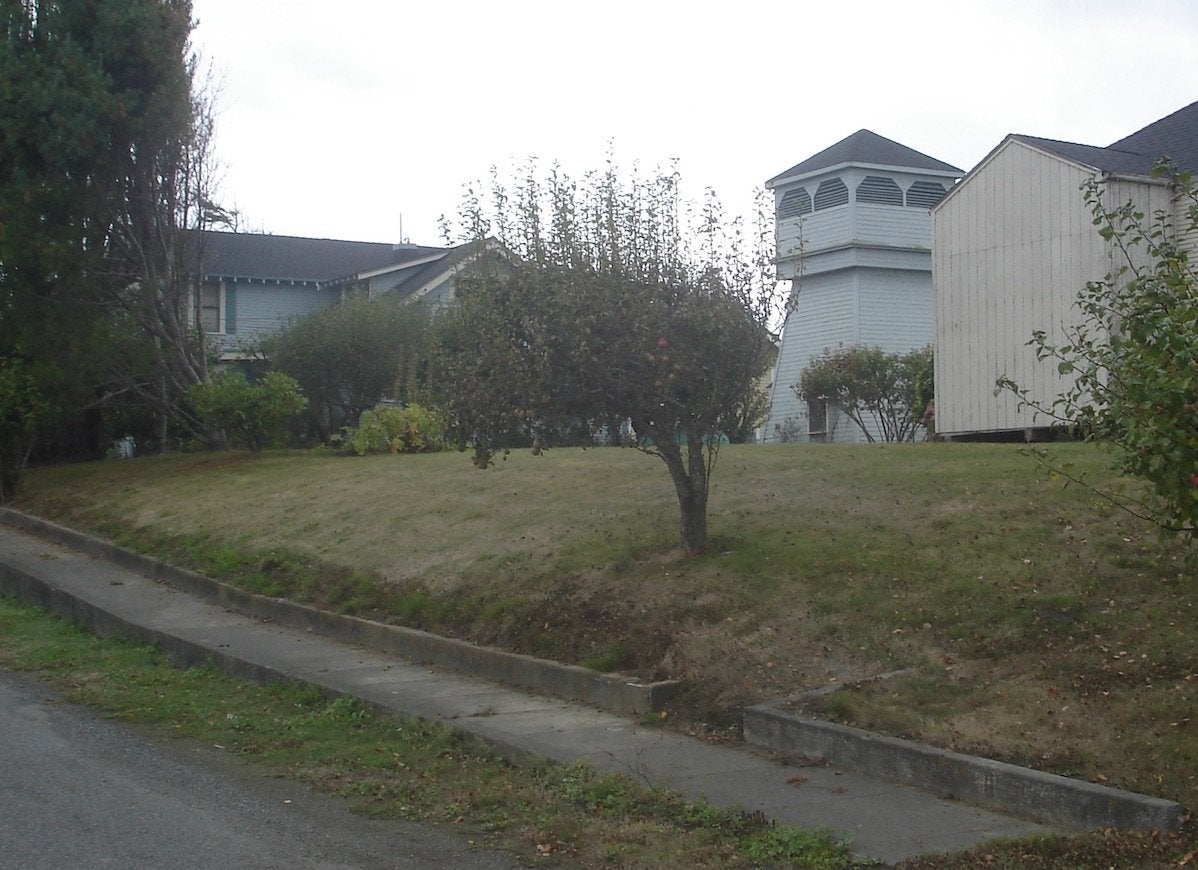
Wikimedia Commons via Thewellman
The Metropolitan Redwood Lumber Company established this town in 1904 but abandoned it barely 20 years later when the area’s resources were exhausted. The history of this quiet little outpost has been explored in the 2008 documentary “California Company Town.”
Related: 15 Places Every American Should Visit at Least Once
Buxton, Iowa (Consolidation Coal Company)
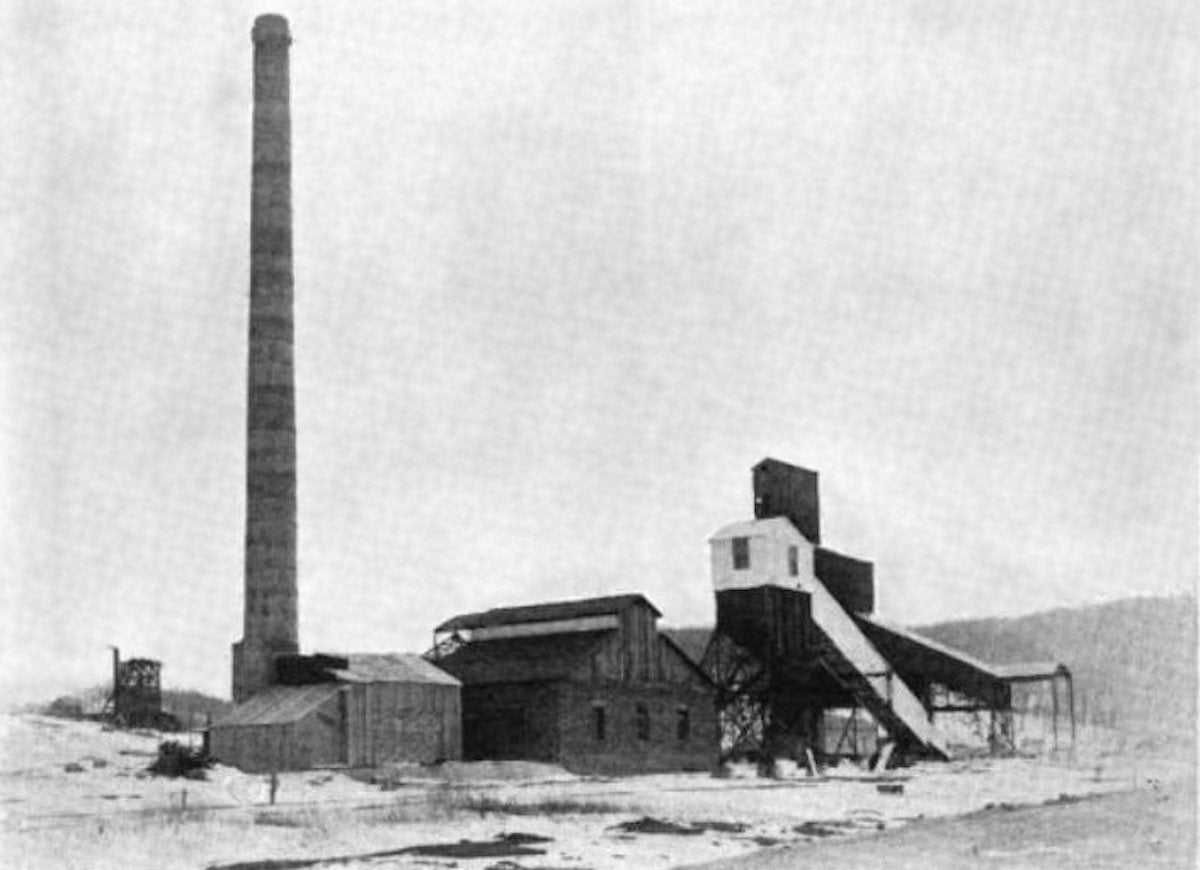
Wikimedia Commons via H. E. Pride
African-American workers were recruited by Iowa coal mine owners during the labor strikes of the 1890s. By 1910, however, European and African-American workers were living and working side by side, and their children were attending integrated schools. While its lifespan was a mere 20 years, Buxton is still celebrated for its singular impact on race relations.
Related: 18 Small Towns That Changed America
Graysonia, Arkansas (Arkadelphia Lumber Company)
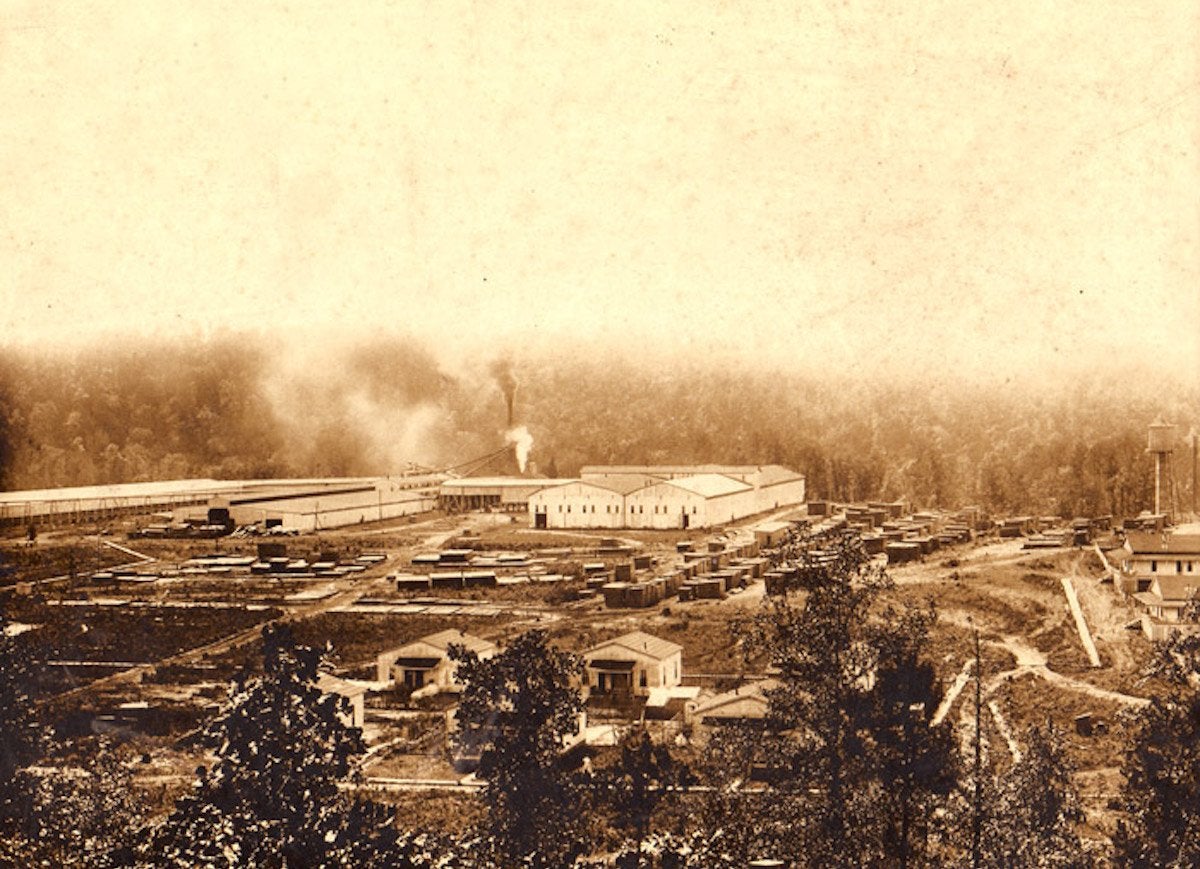
Once home to the largest lumber mill in the South, Graysonia, which was founded by the Arkadelphia Lumber Company in 1907, is now almost completely effaced. In fact, by 1950 the population was 0. The few remaining structures lend pathos to the landscape, and an old railroad trestle is a favorite with photographers. Adventurous explorers should take adequate precautions, though, as the town is isolated and in disrepair.
Related: From Bridges to Stadiums: 13 U.S. Icons That Are Falling Apart
Livermore, New Hampshire (Grafton County Lumber Company)
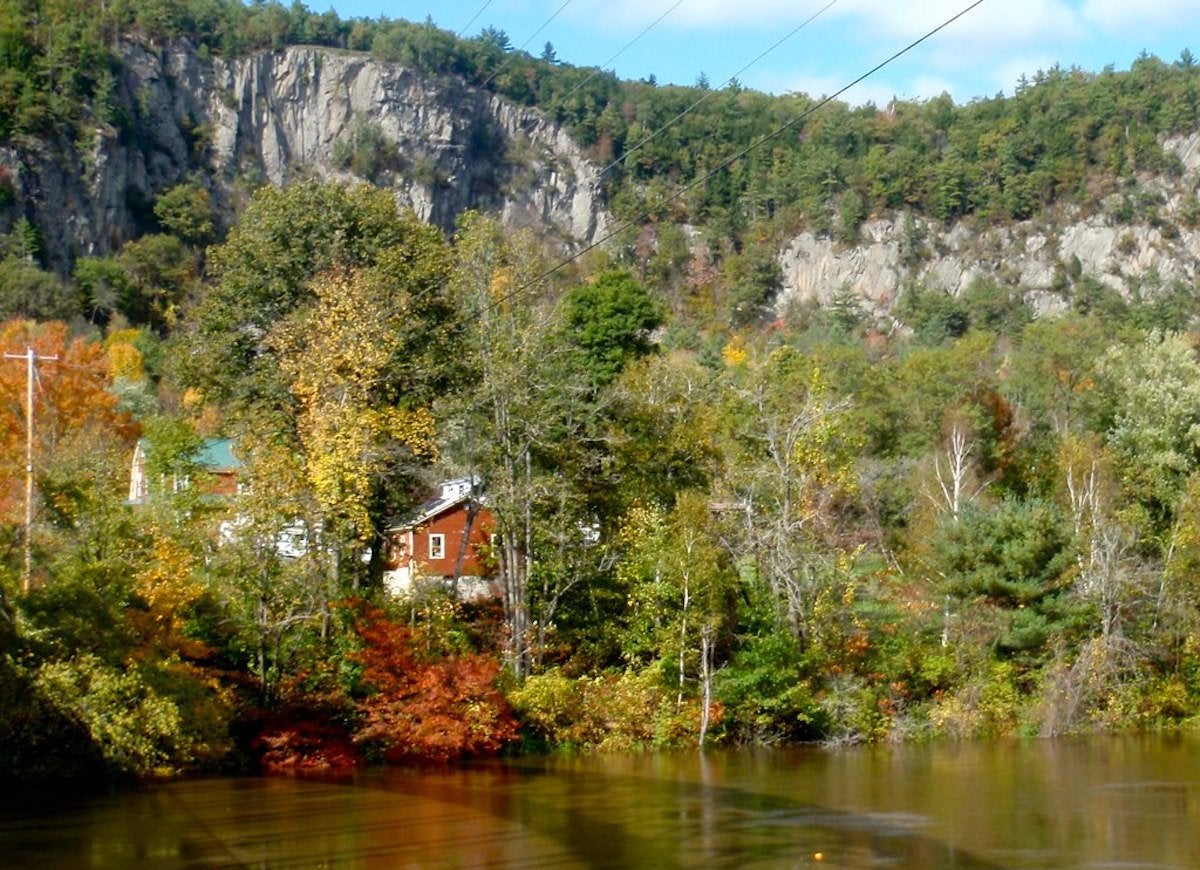
flickr.com via Monica Guy
Livermore led a full but brief life. Founded in the 1870s by the Saunders brothers, the lumber town had a good run for several decades until it was brought down by mismanagement, fire, floods, and deforestation. By 1940 it had a population of 4, and by 1950 no one lived there. Today, you can walk amid the brick ruins and birch trees and imagine life in times gone by.
Related: 13 Homes from the Original Colonies That Still Stand Today
